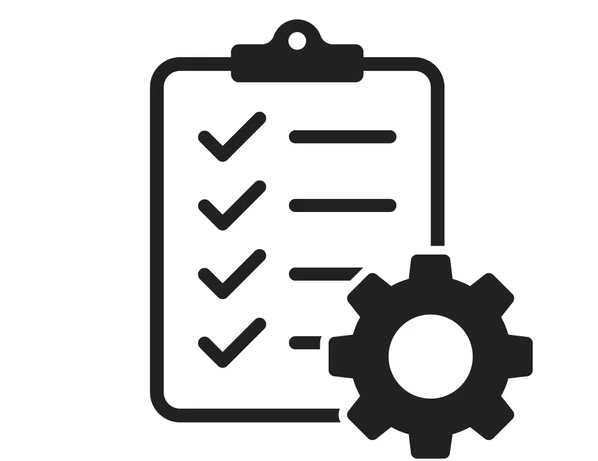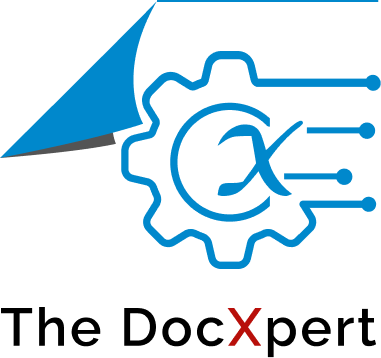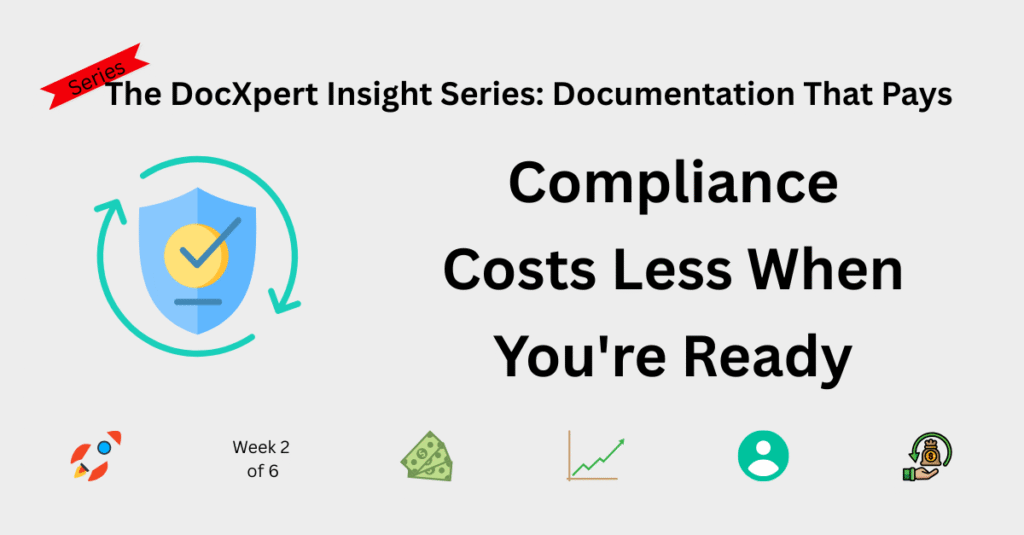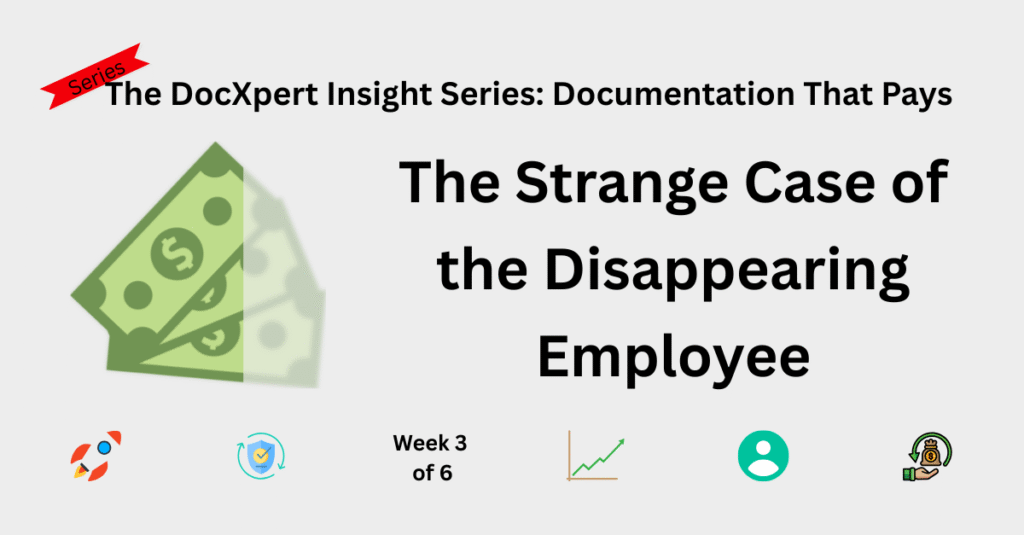Compliance management is a critical function for businesses of all sizes, especially in today’s highly regulated environment. Failing to comply with industry regulations can lead to hefty fines, reputational damage, and operational disruptions. This is where an effective compliance management process becomes essential. But what exactly is compliance management, and how can businesses enhance their compliance practices?
In this comprehensive guide, we’ll explore five best practices for compliance and management that can help organisations minimise risk, improve efficiency, and stay audit-ready. From implementing centralised platforms to fostering a culture of compliance, these strategies will equip you with the tools to navigate the complex regulatory landscape successfully.
1. Implement a Centralised Compliance Management Platform
One of the key pillars of effective compliance management is the use of a centralised compliance platform. A centralised system consolidates all compliance-related activities, documentation, and processes in one place, making it easier to monitor and manage compliance obligations.
Benefits of a Centralised Compliance Platform
- Enhanced Efficiency: By automating routine compliance tasks, a centralised platform saves time and reduces the risk of human error.
- Improved Visibility: Compliance managers gain real-time insights into the organisation’s compliance status, enabling proactive risk management.
- Streamlined Reporting: Centralised platforms simplify the process of generating reports for audits and regulatory reviews.
Internal Linking Tip: Learn more about the importance of document management systems for compliance on TheDocXpert.
2. Develop and Implement Clear Compliance Policies and Procedures
Clear, well-documented compliance policies and procedures are essential for ensuring that employees understand their compliance responsibilities. These policies should be aligned with industry regulations and tailored to the specific needs of the business.
Best Practices for Developing Compliance Policies
- Conduct a Compliance Risk Assessment: Identify potential compliance risks and develop policies to mitigate them.
- Involve Key Stakeholders: Engage employees, managers, and legal experts in the policy development process.
- Regularly Review and Update Policies: Compliance requirements may change over time, so it’s important to keep policies up to date.
3. Foster a Culture of Compliance
Building a culture of compliance within an organisation is one of the most effective ways to minimise compliance risks. When employees understand the importance of compliance and feel empowered to report potential issues, the organisation is better positioned to prevent violations.
How to Foster a Culture of Compliance
- Provide Ongoing Training: Regular training sessions help employees stay informed about compliance requirements and best practices.
- Encourage Open Communication: Create channels for employees to ask questions and report concerns without fear of retaliation.
- Recognise and Reward Compliance Behaviour: Positive reinforcement can motivate employees to prioritise compliance.
4. Streamline Compliance Processes with Automation
Automation plays a crucial role in enhancing the efficiency and accuracy of compliance management processes. By automating tasks such as document tracking, risk assessments, and audit preparation, businesses can reduce manual workloads and improve compliance outcomes.
Key Automation Tools for Compliance Management
- Document Management Systems (DMS): Automate document storage, retrieval, and version control to improve audit readiness.
- Compliance Tracking Software: Monitor regulatory changes and track compliance activities in real time.
- Workflow Automation: Streamline approval processes and ensure compliance-related tasks are completed on time.

5. Monitor, Audit, and Continuously Improve Compliance Practices
Effective compliance management is an ongoing process that requires regular monitoring, auditing, and continuous improvement. By conducting periodic audits and compliance reviews, organisations can identify areas for improvement and ensure sustained compliance.
Tips for Effective Compliance Monitoring and Auditing
- Establish Key Performance Indicators (KPIs): Track metrics such as audit findings, compliance training completion rates, and incident response times.
- Leverage Technology: Use compliance management software to automate audit tracking and reporting.
- Implement a Continuous Improvement Plan: Regularly assess and refine compliance processes to enhance effectiveness and efficiency.
6. Conduct Regular Compliance Risk Assessments
Compliance risk assessments are essential for identifying potential vulnerabilities and ensuring that the organisation’s compliance practices align with current regulatory requirements. By evaluating risks proactively, businesses can prioritise their compliance efforts and implement targeted mitigation strategies.
- Best Practice: Perform periodic assessments to stay ahead of evolving compliance risks and regulatory changes.
- Key Outcome: Enhanced preparedness, reduced risk exposure, and improved audit readiness.
7. Establish Effective Governance Frameworks
Governance plays a vital role in ensuring ethical, transparent, and compliant operations. By setting up robust governance frameworks, businesses can create a clear structure for accountability, decision-making, and compliance oversight.
- Tip: Assign compliance roles and responsibilities clearly across the organisation.
- Key Outcome: Strengthened compliance culture and better alignment with regulatory standards.
8. Ensure Compliance Training and Awareness Programs
Employees are often the first line of defence when it comes to compliance. Regular training and awareness programs can equip staff with the knowledge and skills to identify and address compliance risks effectively.
- Best Practice: Customise training programs to address specific compliance challenges in different departments.
- Key Outcome: Increased employee engagement, reduced non-compliance incidents, and stronger adherence to organisational policies.
9. Maintain Transparent and Accurate Documentation
Accurate documentation is critical for demonstrating compliance during audits and regulatory reviews. Businesses should maintain detailed records of compliance activities, including risk assessments, training sessions, and incident reports.
- Tip: Use a Document Management System (DMS) to automate document storage and retrieval.
- Key Outcome: Improved record-keeping, reduced audit preparation time, and enhanced compliance transparency.
10. Monitor Regulatory Changes and Stay Updated
The regulatory landscape is constantly evolving, making it essential for businesses to stay informed about changes that may impact their compliance obligations. Monitoring industry news, subscribing to regulatory alerts, and engaging with compliance experts can help organisations stay up to date.
- Best Practice: Implement a system for tracking and evaluating regulatory updates.
- Key Outcome: Enhanced agility, reduced risk of non-compliance, and sustained regulatory success.
FAQs
What is compliance management?
Compliance management is the process that organisations follow to make sure they obey all the rules, laws, and standards that apply to their industry. This includes everything from government regulations and legal requirements to internal policies and ethical guidelines. The goal is to ensure that the business operates legally, safely, and responsibly at all times. By staying compliant, organisations protect themselves from penalties, maintain their reputation, and gain the trust of customers, partners, and stakeholders.
Why is compliance management important?
Having a strong compliance management system is crucial because it helps a business avoid legal troubles, financial penalties, and damage to its reputation. When companies fail to follow the rules, they risk lawsuits, fines, and losing the confidence of their clients and partners. On the other hand, effective compliance shows that a business takes its responsibilities seriously. It helps create a culture of integrity, builds trust, and strengthens the organisation’s long-term success by reducing risks and ensuring smooth operations.
What are the key components of a compliance management process?
The compliance process involves several important steps that work together to keep a business aligned with legal and industry standards. First, companies must have clear policies and procedures that explain how employees should behave and what rules they need to follow. Next, regular risk assessments are necessary to identify areas where the business might face compliance issues. Employees should also be trained so they understand the rules and how to follow them. Ongoing monitoring and internal audits help ensure that everything is working as it should, and thorough documentation is kept to show proof of compliance during inspections or reviews.
How can automation improve compliance management?
Automation can make a big difference in how efficiently a business manages its compliance efforts. Instead of relying on people to manually track tasks and monitor regulations, automated systems can handle these jobs more quickly and accurately. For example, software can send reminders for important deadlines, keep records of compliance activities, and generate reports instantly. This reduces human errors, saves time, and provides real-time insights into how well the company is meeting its compliance goals. With automation, businesses can respond more quickly to issues and maintain a higher standard of performance.
What is the role of a compliance manager?
A compliance manager plays a central role in helping the organisation follow all relevant rules and regulations. Their responsibilities include writing and updating company policies, training staff on compliance matters, and conducting audits to check whether everything is in order. They also stay informed about new or changing laws and make sure the business adapts to them. If a problem is found, the compliance manager investigates it and helps correct it. In short, they act as a guide and protector, making sure the business operates within legal and ethical boundaries.
How can a centralised compliance platform benefit my business?
Using a centralised compliance platform can bring major benefits to a business. It gathers all compliance-related information, tools, and processes into one place, making it easier for staff to access what they need. This improves communication, ensures everyone is on the same page, and reduces the chances of missing important tasks. It also simplifies tracking, reporting, and auditing, which saves time and effort. With everything centralised, businesses can see a clear picture of their compliance status, identify potential risks faster, and respond more effectively to any issues that arise.
Conclusion
Implementing these five best practices for effective compliance and management can help businesses minimise risk, improve efficiency, and achieve sustained regulatory compliance. By leveraging centralised platforms, fostering a culture of compliance, and continuously improving processes, organisations can navigate the complex regulatory landscape with confidence.
To learn more about compliance best practices and explore innovative document management solutions, visit TheDocXpert.



